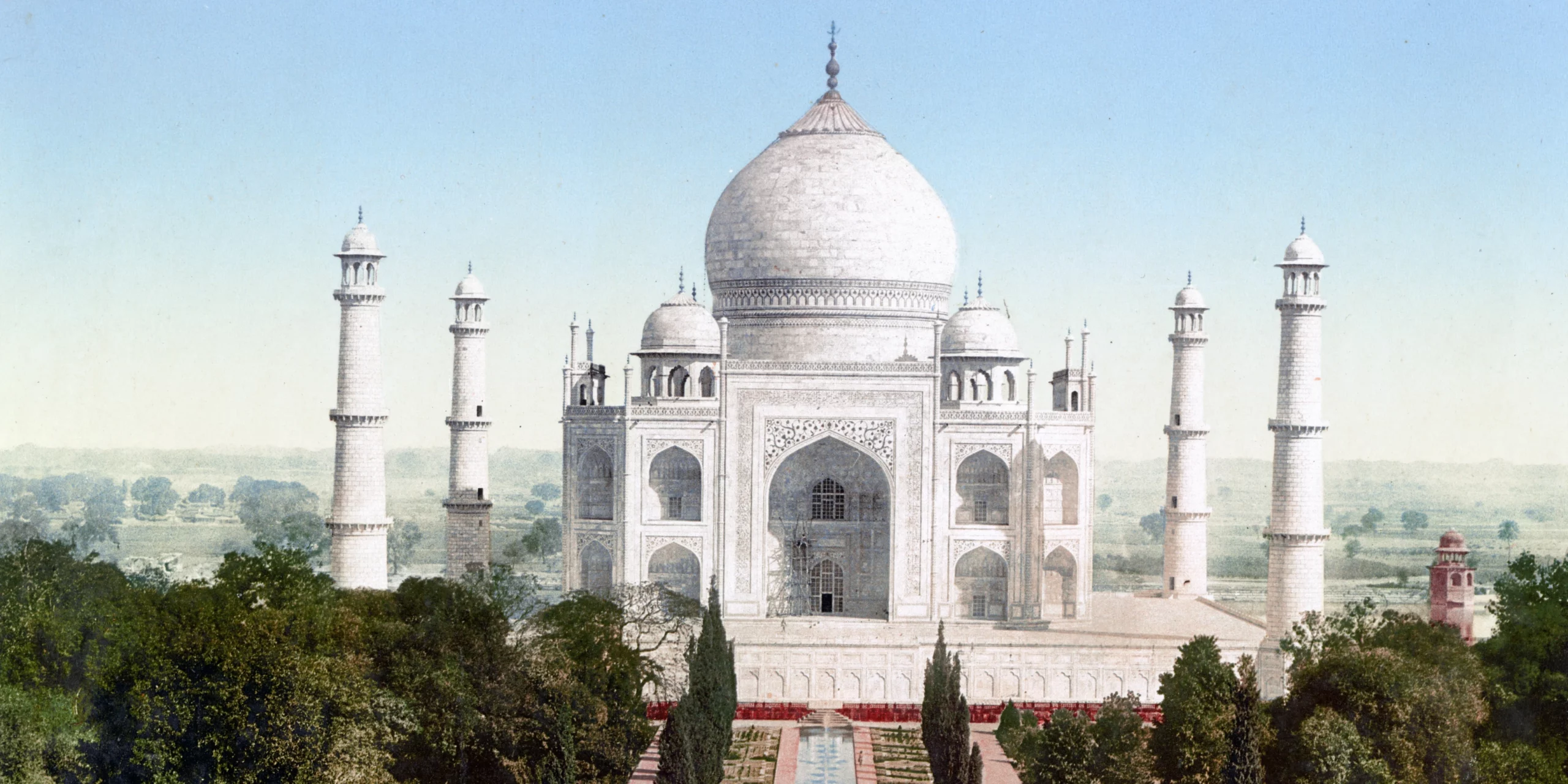
The Golden Triangle Tour, comprising the cities of Delhi, Agra, and Jaipur, is one of India’s most sought-after travel itineraries, offering a rich tapestry of history, culture, and architecture. However, choosing the right time of year for your visit can significantly impact your experience. In this article, we’ll explore the best season for embarking on a Golden Triangle Tour in India.
1. Winter Wonderland (October to March):
Advantages:
- Pleasant Weather: The winter months are undoubtedly the best time to explore the Golden Triangle. The weather is cool and comfortable, making outdoor sightseeing enjoyable.
- Festival Season: This period includes major festivals like Diwali and Holi, adding cultural richness to your journey. The cities come alive with lights and colors during these celebrations.
- Clear Skies: Expect clear skies, which is ideal for admiring the architectural marvels like the Taj Mahal and Amer Fort.
- Outdoor Activities: The pleasant climate allows you to explore historical sites, markets, and enjoy camel rides in Jaipur without discomfort.
Considerations:
- Crowds: This is the peak tourist season, so popular attractions can get crowded. Plan your visits early in the day to avoid large tour groups.
2. Spring Blooms (March to April):
Advantages:
- Mild Temperatures: Spring brings mild temperatures, making it comfortable for sightseeing.
- Blooming Gardens: Witness gardens and landscapes in full bloom, adding to the visual appeal of the monuments.
- Cultural Experiences: Spring often hosts local fairs and festivals, offering an opportunity to immerse in regional culture.
Considerations:
- Allergies: Higher pollen levels during spring might affect travelers with allergies.
3. Monsoon Marvels (July to September):
Advantages:
- Lush Greenery: The monsoon season rejuvenates the landscapes, turning the region into a lush paradise.
- Fewer Tourists: This is the off-peak season, which means fewer crowds at popular attractions and potentially better deals on accommodations and tours.
- Unique Photography: Rain-washed monuments and landscapes provide unique photography opportunities.
Considerations:
- Rainfall: Expect occasional heavy rains that might disrupt travel plans or lead to flooding in some areas. Carry appropriate rain gear.
- Humidity: High humidity levels can make outdoor activities less comfortable.
4. Summer Sojourn (April to June):
Advantages:
- Off-Peak Season: This is the low tourist season, and you can enjoy significant cost savings on accommodations and tours.
- Quieter Attractions: Popular sites are less crowded, allowing for a more peaceful exploration.
Considerations:
- Heat: Summers in the Golden Triangle can be scorching, with temperatures soaring above 40°C (104°F). Outdoor activities can be challenging.
- Sun Protection: Protect yourself from the intense sun with hats, sunscreen, and adequate hydration.
Conclusion
The best season for your Golden Triangle Tour in India largely depends on your preferences and tolerance for weather conditions. While winter stands out as the most popular choice for its pleasant climate, each season offers its unique charm and experiences. Regardless of when you choose to visit, the Golden Triangle promises a journey filled with history, culture, and architectural wonders that will leave you mesmerized and enriched.



